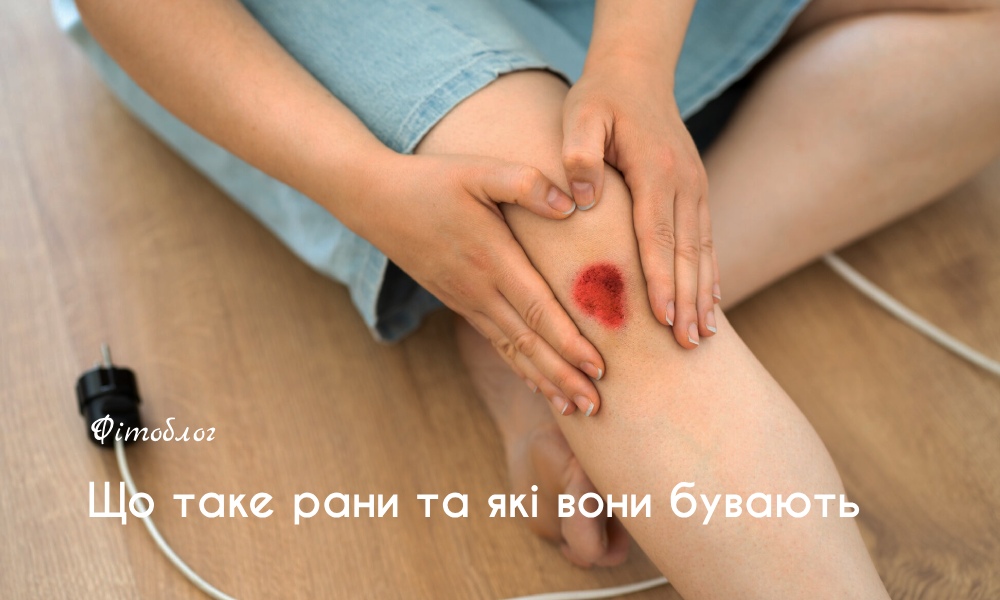Chronic wounds treatment in riyadh, those that fail to heal within 12 weeks, pose a significant healthcare challenge worldwide. In Riyadh, Saudi Arabia, medical professionals are at the forefront of utilizing innovative technologies to enhance chronic wound healing and improve patient outcomes. This article explores some of the cutting-edge technologies available in Riyadh for the management of chronic wounds.

1. Advanced Wound Care Dressings
- Hydrogel dressings: These dressings create a moist environment that promotes healing and reduces pain. They are particularly effective for wounds with minimal exudate.
- Foam dressings: Designed for wounds with moderate to heavy exudate, foam dressings absorb excess fluid while maintaining a moist healing environment.
- Alginate dressings: Derived from seaweed, alginate dressings are highly absorbent and can be used for wounds with heavy exudate, including pressure ulcers and diabetic foot ulcers.
- Silver-infused dressings: Silver has antimicrobial properties, making these dressings ideal for preventing and treating infections in chronic wounds.
2. Negative Pressure Wound Therapy (NPWT)
NPWT involves applying a vacuum to the wound, which helps to remove excess fluid, promote tissue growth, and reduce infection risk. It is particularly effective for complex wounds, such as pressure ulcers and diabetic foot ulcers.
3. Hyperbaric Oxygen Therapy (HBOT)
HBOT involves breathing pure oxygen in a pressurized chamber. This therapy can improve blood flow to the wound, enhance tissue oxygenation, and promote healing. It is often used in combination with other treatments for chronic wounds, such as NPWT.
4. Laser Therapy
Laser therapy, also known as low-level laser therapy (LLLT), uses focused light energy to stimulate cellular activity and promote healing. It can be used to reduce inflammation, pain, and infection in chronic wounds.
5. Bioengineered Skin Substitutes
These synthetic or biological materials can be used to cover chronic wounds and promote healing. They may contain cells, growth factors, or other components that support tissue regeneration.
6. Advanced Imaging Techniques
Imaging techniques, such as ultrasound and magnetic resonance imaging (MRI), can help clinicians assess the depth and extent of chronic wounds, identify underlying causes, and monitor the healing process.
7. Telehealth and Remote Monitoring
Telehealth technologies allow patients to connect with healthcare providers remotely, reducing the need for frequent in-person visits. Remote monitoring devices can track wound healing progress and provide early warning signs of complications.
8. Artificial Intelligence (AI)
AI-powered algorithms can analyze wound images, predict healing outcomes, and optimize treatment plans. This can help healthcare providers make more informed decisions and improve patient care.
9. 3D Printing
3D printing technology can be used to create custom wound dressings, splints, and orthotics that are tailored to the individual patient's needs.
10. Stem Cell Therapy
Stem cell therapy shows promise in promoting tissue regeneration and reducing inflammation in chronic wounds. Researchers in Riyadh are exploring the potential of stem cell therapy for treating complex wounds.
By embracing these innovative technologies, healthcare professionals in Riyadh are making significant strides in the field of chronic wound care. These advancements offer hope for patients with chronic wounds and contribute to improving their quality of life.




Comments